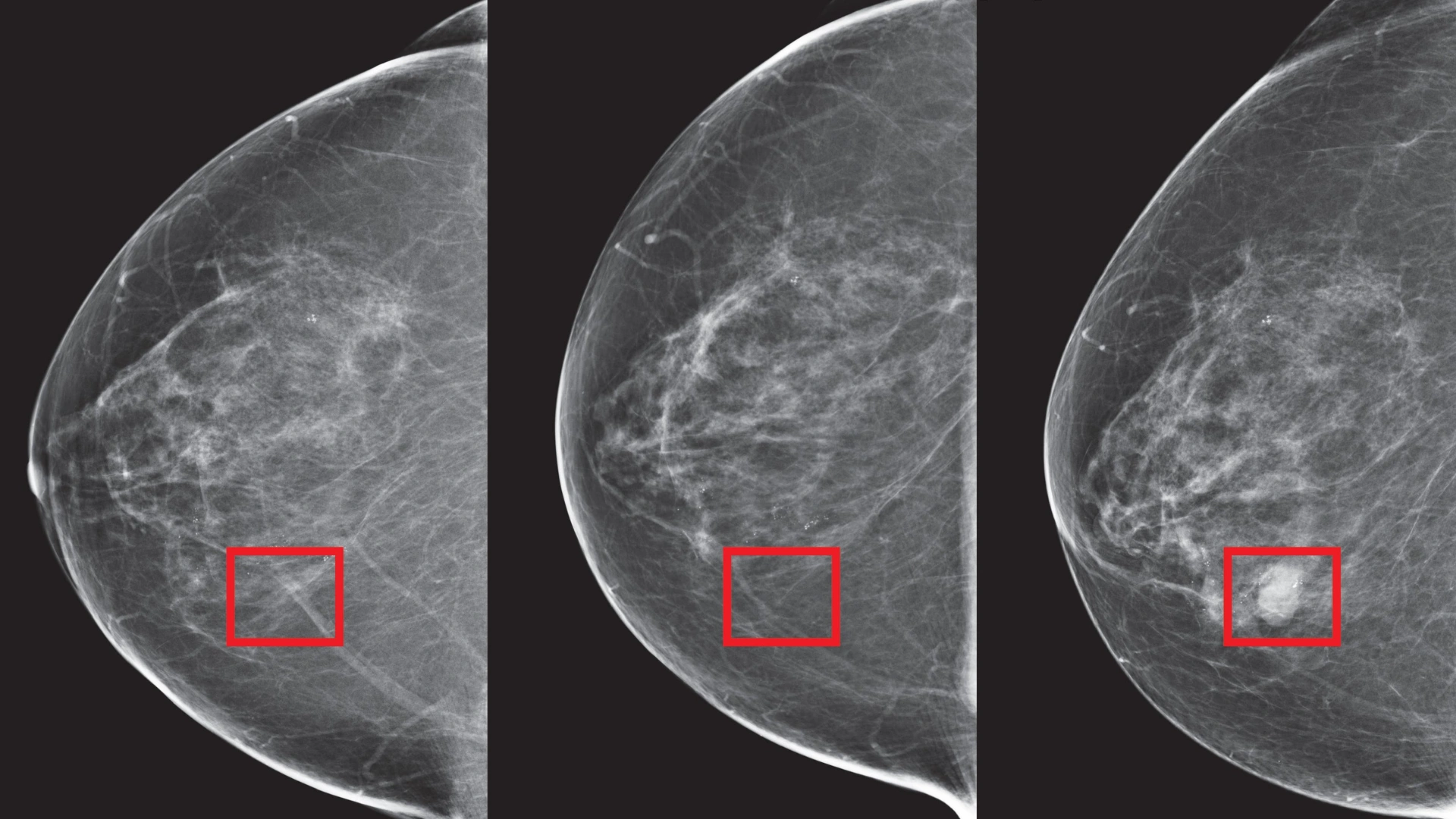MIT researchers have developed Mirai , an advanced AI model that can detect breast cancer up to five years before a clinical diagnosis. But how can it detect cancer? It uses deep learning algorithms and analyzes mammography images, through which it makes accurate predictions of precancerous changes in breast tissue. What sets Mirai apart is its ability to identify invasive cancer cells in tissue that appears normal, offering the potential for earlier and more effective treatments.
This breakthrough could significantly improve survival rates, especially for women at high risk of developing breast cancer. Why Early detection is life saving Early detection is a critical weapon in the battle against breast cancer. For decades, mammography has played a major role in the screening process but, unfortunately, does not capture the early disease very well in at-risk patients.
Mirai addresses this gap with much more precise predictions, risk assessments, and earlier intervention. It predicts the risk of breast cancer by combining demographic factors like age and family history with deep learning techniques. It would examine patterns within mammography images to identify changes in the breast that are abnormal even before they become clinically detectable.
In this sense, it has the potential to redefine the future of early detection and ultimately better patient outcomes. What makes Mirai stand out, however, is its performance across the wide range of populations. The researchers tested.









































